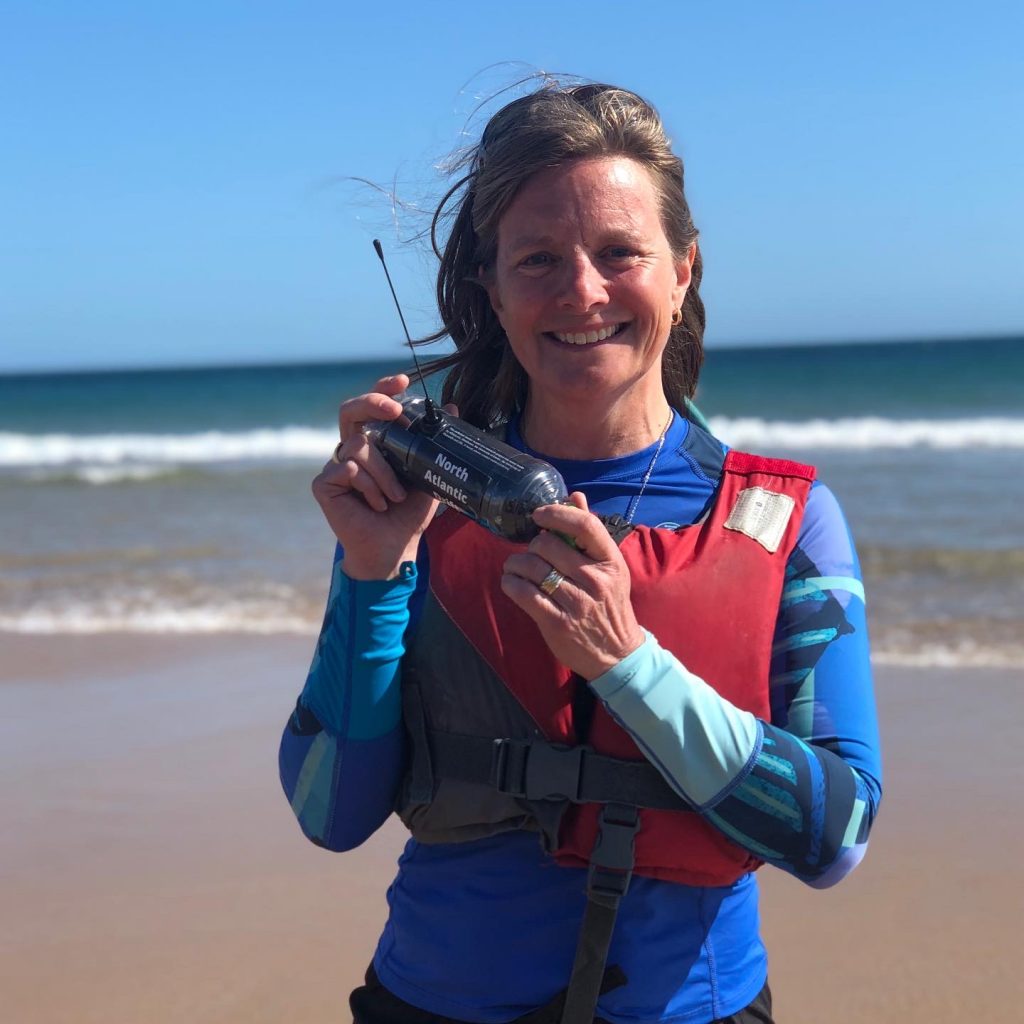Earth Day 2024 calls for a 60% reduction in plastic, under the theme “Planet vs Plastic”. The issue of plastic pollution is felt across the globe on land and sea alike. The interconnectedness of our one global ocean means that plastic waste is being transported around the world, both polluting the ocean and washing up on shores far from where it emanated. Over the past three years the “Message in a Bottle” experiment is a stark example of just how far and fast our plastic waste can travel, and seeks to deliver a message to the world that the single plastic use needs to cease.
Climate change, pollution, overfishing and habitat destruction are the biggest threats to our ocean. Despite plastic pollution and climate change often being treated as distinct issues, this study reveals them to be intricately linked. Not only is plastic made from fossil fuels, generating greenhouse gases, the exacerbation of microplastic distribution into pristine and remote areas due to the impacts of extreme weather events is evident. The study also demonstrates how species and habitats vulnerable to climate change, such as sea turtles and corals, are also threatened by plastic pollution.
Each year, at least 10 million tonnes of plastics end up in the ocean, with estimates that there’s now around 150 million tonnes of plastic floating offshore. By 2050, under a business-as-usual scenario, it is expected that the weight of plastic in the ocean will surpass that of fish. Unfortunately, marine life including turtles, fish and whales often mistake plastic for prey, leading to starvation or entanglement in debris, causing injury or drowning. Additionally, floating plastics help transport invasive marine species, further endangering marine ecosystems.
To mitigate the effects of plastic pollution, it’s essential to understand where and how plastic travels across the ocean. Around 94% of marine plastic settles on the seafloor, with only 1% remaining on the ocean surface. Although land-based activities primarily contribute to ocean plastic, the fishing industry and aquaculture also play a role. Much of the plastic waste that enters the ocean accumulates in large masses as a result of ocean currents. The most infamous of which, the North Pacific Garbage Patch is littered with tens of thousands of tonnes of plastic, dispersed over millions of square kilometres. By identifying the sources of plastic pollution and pinpointing areas where marine plastic accumulates, known as “sinks,” we’re able to effectively manage the issue.

On World Ocean Day, 8th June 2021, a collaboration of ocean advocates and scientists launched the “Message in a Bottle” project. In the first of its kind, the initiative installed GPS tracking devices inside vessels, designed to mimic the movement of a single-use plastic bottle.
The data will be used to validate ocean current observations, aiding scientists in comprehending the movement of plastic across the ocean, assessing its threat to marine wildlife, and examining how climate change influences its journey.
Ahead of the G7 Summit in Cornwall, on 11-13 June 2021, seven bottles were deployed across the south coast of the UK. Each bottle was named after one of the participating countries to draw their attention to the urgency of preventing climate breakdown. Four of the seven bottles ventured northward, intermittently beaching along the Cornish coast, where local beach cleaners and project associates retrieved them. Whilst the bottles didn’t travel far, their valuable data underscore the significance of wind and storms in distributing surface-dwelling plastics. The remaining three bottles journeyed south before being redirected northward, ultimately washing ashore in Guernsey, northern France, and even as far as the Netherlands.

A further four bottles were launched as part of COP26 in Glasgow. The four devices deployed were aptly named “Heat”, “Acidity”, “Deoxygenation”, and “Pollution”, emphasising the need to tackle these primary indicators of human-induced ocean degradation.
The following year, before the United Nations Ocean Conference in Lisbon, June 2022, the team relaunched three of the GPS-tracked bottles during the #EUBeachCleanup from Praia de Carcavelos in collaboration with Oceano Azul Foundation. These bottles had been retrieved from where they had beached in the UK, Guernsey and France. Of the three bottles released by the European Commissioner for the Environment, Oceans and Fisheries, Virginijus Sinkevičius, two beached in Morocco and whilst the third travelled 5,725 miles (9,214km) over 528 days before reaching Cat Island in the Bahamas. The bottle is still sending a GPS signal and efforts have been made by YME Bahamas to retrieve it, but its remote location is hampering rescue efforts.
The journeys of these bottles highlights the interconnectedness of our ocean, illustrating how weather events can swiftly transport plastic pollution to both nearby and remote areas. The team is hoping that by demonstrating the expansive interconnectedness of the ocean and the threats posed by plastic pollution to marine wildlife, these data will help to inform and strengthen global action on marine plastic pollution such as the Global Plastics Treaty agreed by the United Nations in 2022, set to be finalised by 2024.
The project is a collaboration between Arribada Initiative, The University of Exeter, The University of Plymouth, and the Zoological Society of London, with support from #OneLess and OneOcean Flotilla.
